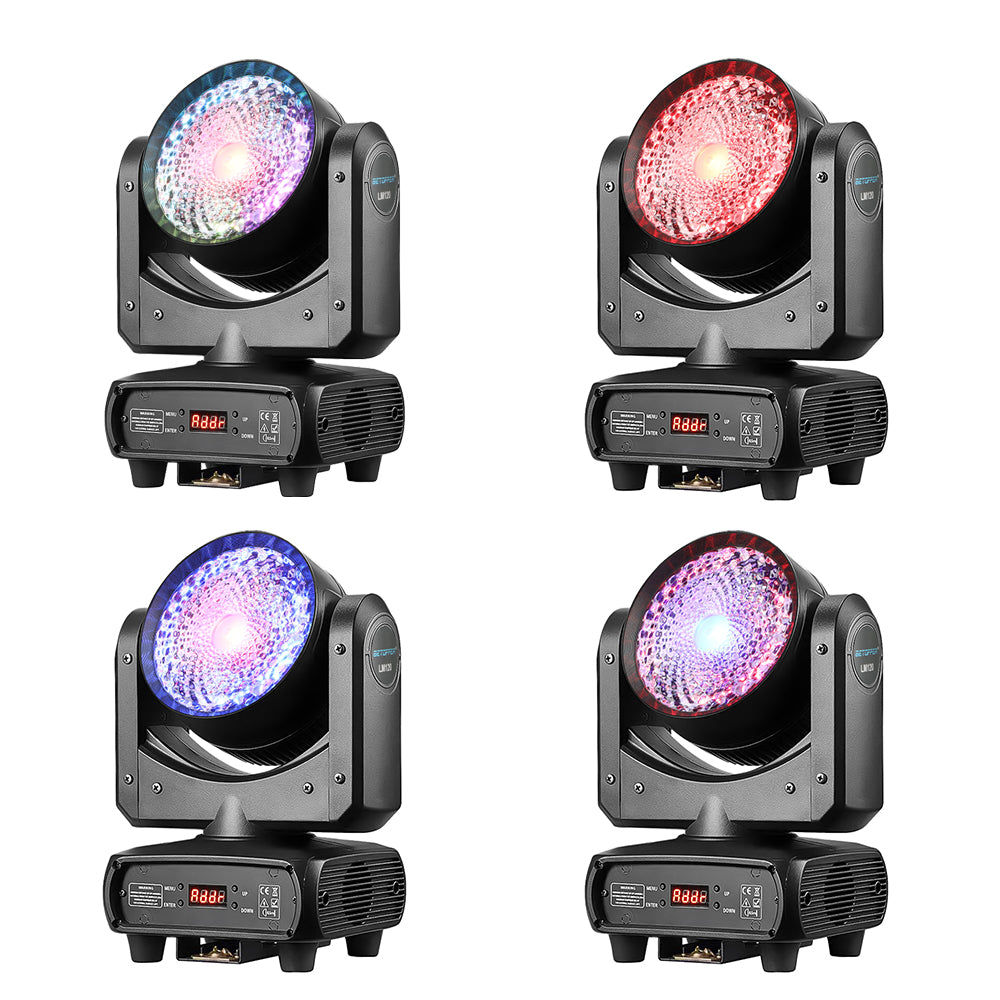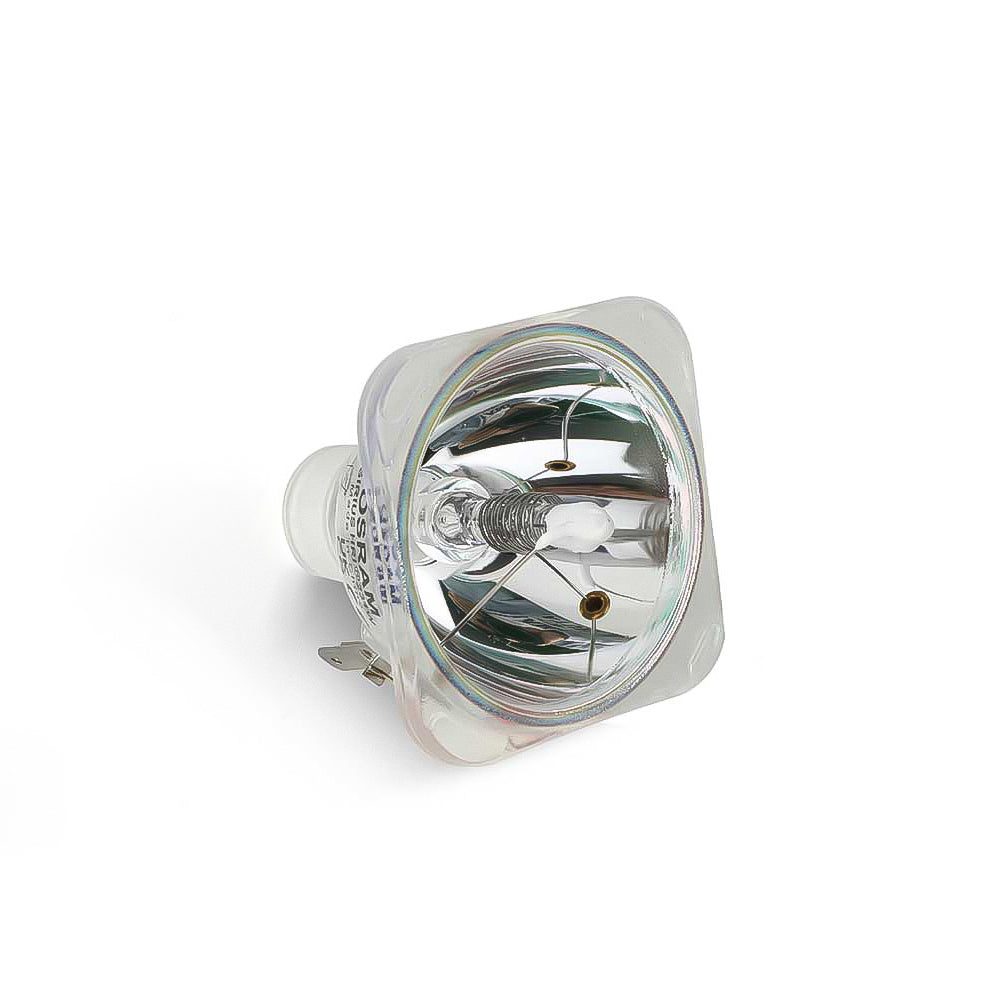The Lumens to Watts Calculator uses luminous efficacy (measured in lumens per watt, lm/W) to determine the power consumption in watts. This method provides a precise calculation tailored to the specific efficiency of the light source being used.
What is Luminous Efficacy?
Luminous efficacy represents how effectively a light source converts electrical power (watts) into visible light (lumens). For example:
- An incandescent bulb typically has a luminous efficacy of 10–17 lm/W.
- An LED light can achieve 80–120 lm/W or higher.
The calculator uses this value to bridge the relationship between luminous flux (brightness) and power consumption.
How to Use the Lumens to Watts Calculator
1. Enter the Luminous Flux (in Lumens)
Luminous flux refers to the total visible light output from a source. For instance:
- A 60W incandescent bulb produces approximately 800 lumens.
- A 10W LED bulb might also produce 800 lumens.
2. Enter the Luminous Efficacy (in Lumens per Watt)
This is a measure of the light source’s efficiency. Typical values include:
- Incandescent bulbs: 10–17 lm/W.
- CFL bulbs: 40–70 lm/W.
- LED bulbs: 80–120 lm/W.
If you're unsure of the luminous efficacy, you can often find it in the product specifications.
3. Press the "Calculate" Button
The calculator applies the formula:
For example:
If a light source emits 800 lumens with an efficacy of 100 lm/W, the power consumption is:
4. View the Output: Power in Watts
The result will show the exact amount of power needed to produce the entered luminous flux with the given luminous efficacy.
Why This Approach is Useful
1. Customizable for Different Light Sources:
Each type of light source has unique efficiency levels, and this method allows users to tailor calculations based on specific luminous efficacy values.
2. Accuracy for Specialized Applications:
Whether calculating for residential, industrial, or commercial lighting, this process provides precision unmatched by generic lumens-to-watts conversion tables.
3. Energy-Saving Insights:
By understanding power requirements, users can choose the most efficient light source for their needs, potentially reducing energy consumption and costs.
Example Calculation
Imagine you’re evaluating an LED light that emits 1500 lumens with a luminous efficacy of 120 lm/W:
- Enter luminous flux: 1500 lumens.
- Enter luminous efficacy: 120 lm/W.
- Press calculate.
The result:
This tells you the LED requires 12.5 watts to produce 1500 lumens.
Conclusion
The Lumens to Watts Calculator simplifies complex calculations by focusing on luminous efficacy, making it a powerful tool for anyone seeking to understand and optimize their lighting choices. By using this approach, you can confidently compare light sources and choose the most efficient option for your needs.






































































Leave a comment
This site is protected by hCaptcha and the hCaptcha Privacy Policy and Terms of Service apply.